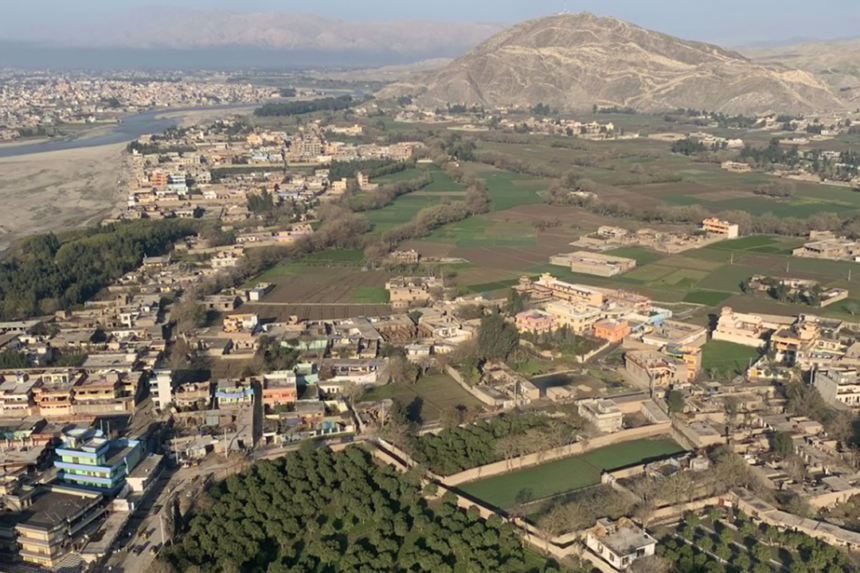RASC News Agency: A deadly explosion from an unexploded ordnance left behind from years of war has claimed the life of a woman and injured a child in Nangarhar province, once again underscoring the catastrophic consequences of the Taliban’s failure to address the lingering legacy of armed conflict. Local sources reported on Sunday, June 30, that the incident occurred a day earlier in Shauli village of Shirzad district. According to eyewitnesses, the woman and her young companion were grazing livestock along the mountain slopes when they encountered a buried explosive device, resulting in a fatal detonation.
The woman, approximately 45 years old, died at the scene. The injured child, believed to be around 8 years old, was taken to a local medical facility. While the child’s condition is reportedly stable, full details regarding their injuries remain unclear. Despite the severe nature of the incident, Taliban authorities in Nangarhar have not issued any public response or accepted responsibility for the incident. This silence reflects a broader pattern of denial and inaction by the Taliban regime when it comes to civilian protection and mine clearance particularly in rural and mountainous regions still saturated with deadly remnants of war.
Over three years after the Taliban’s return to power, Afghanistan remains one of the most mine-contaminated countries in the world. Tens of thousands of explosive devices, including landmines and artillery shells, continue to pose a daily threat to ordinary civilians especially women and children in remote areas. Human rights advocates and local residents assert that many of these mines were planted by Taliban fighters themselves during their two-decade-long insurgency, making the current regime directly complicit in the deadly legacies now claiming innocent lives. “The Taliban were quick to seize power, but painfully slow when it comes to protecting lives,” said one Nangarhar resident, who asked to remain anonymous for fear of retaliation. “They have done nothing to clear the mines they once used. Now, it’s the people who pay the price.”
Video footage and photographic evidence from the region reveal that no significant mine clearance operations are underway in high-risk districts such as Shirzad. International demining organizations, once active under the previous Afghanistan’s government, have either been forced to halt operations or operate under heavy Taliban restrictions. Multiple humanitarian organizations have documented a surge in civilian casualties linked to unexploded ordnance in Taliban-controlled Afghanistan. The regime’s Ministry of Interior widely regarded as one of the most militarized wings of the Taliban has shown little interest in initiating mine removal or establishing safety campaigns in vulnerable areas. Instead, resources are funneled into religious policing, surveillance, and mosque construction, leaving entire communities exposed to invisible and deadly hazards.
The continuing toll of mine-related incidents often unreported or underreported reflects the Taliban’s broader disregard for basic governance, infrastructure, and public safety. As this tragedy in Nangarhar demonstrates, the cost of their neglect is measured in human lives. Until a transparent, coordinated, and well-funded national demining initiative is relaunched with robust international oversight Afghanistan’s women, children, and farmers will remain at the mercy of a war that, though declared over, continues to kill in silence.






